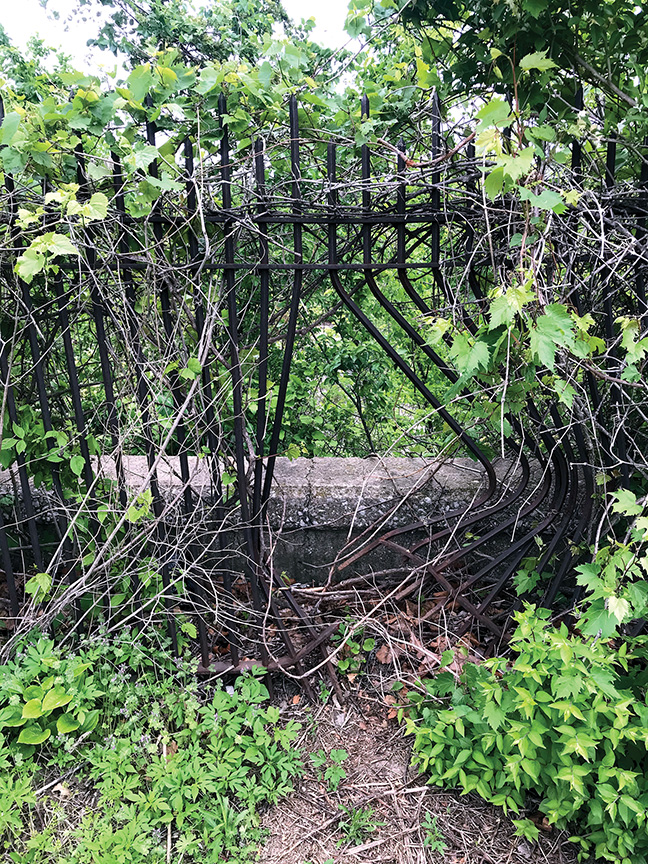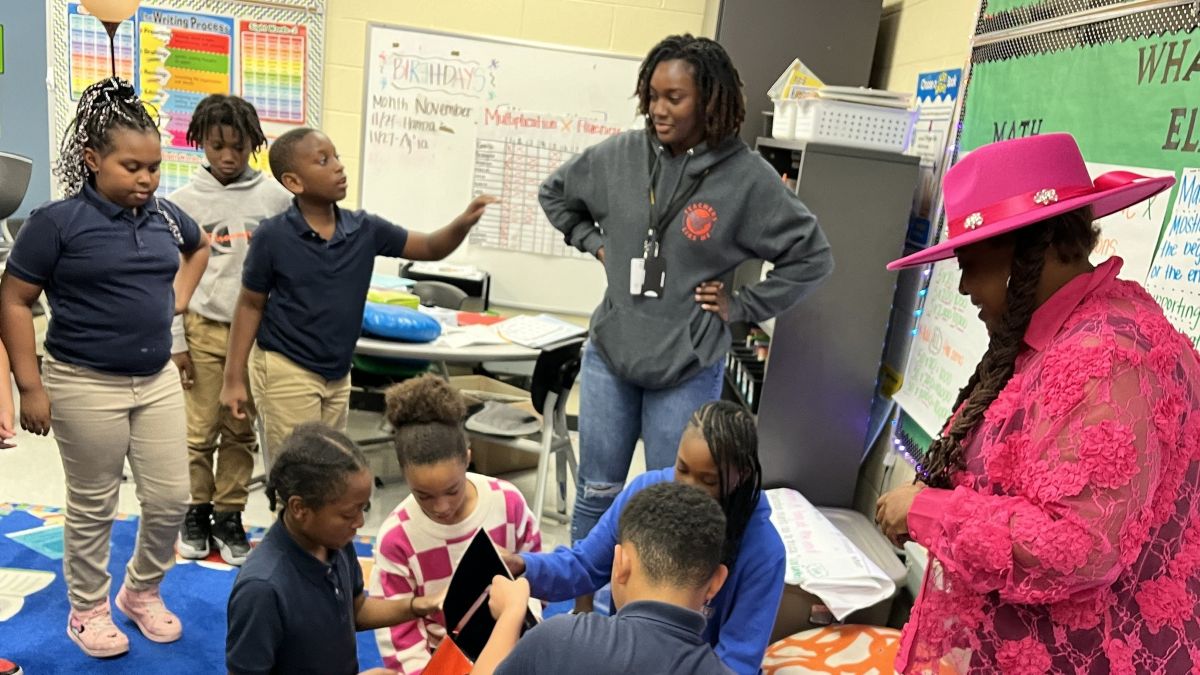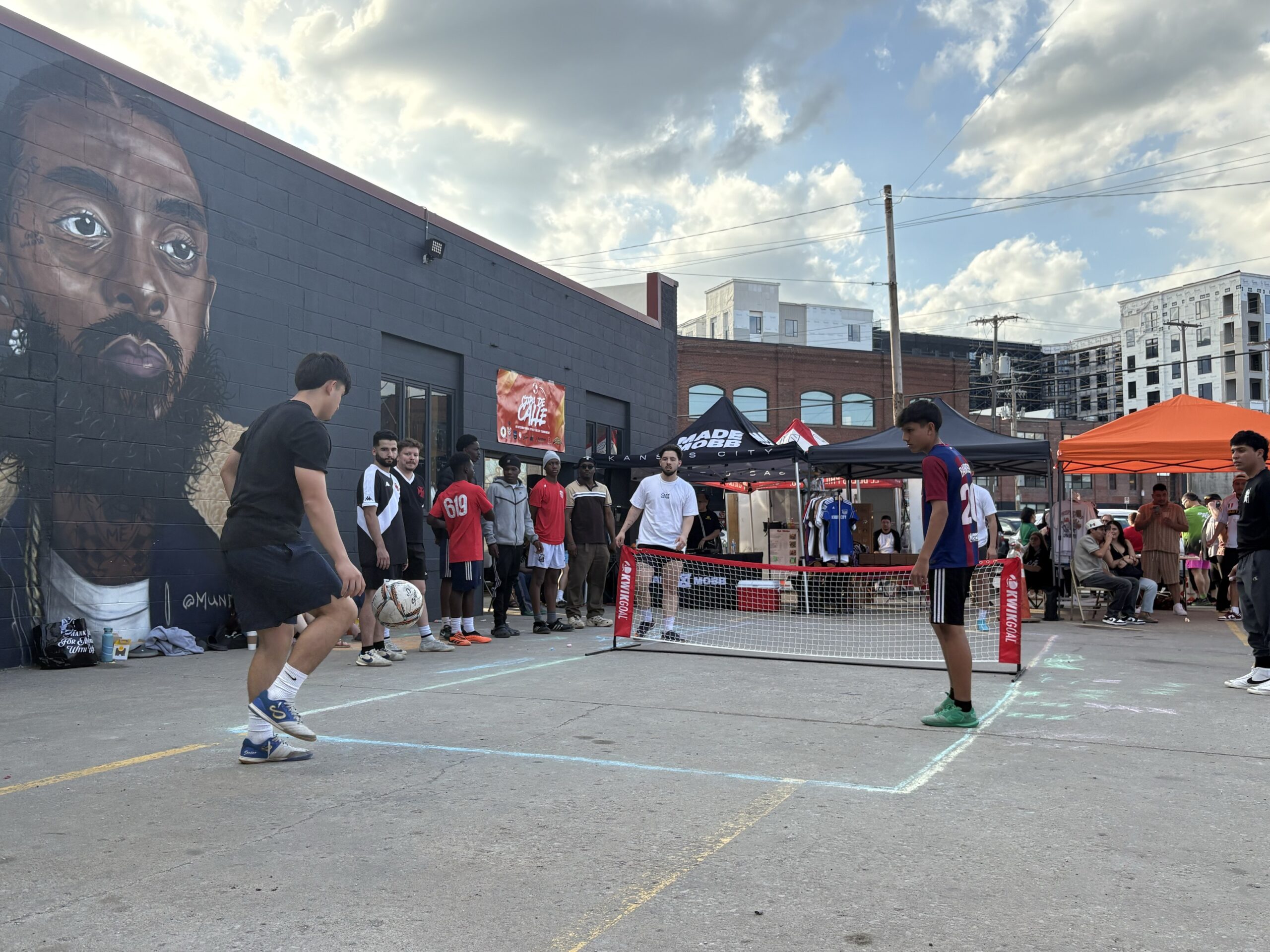
By Autumn Garrett, Editorial Assistant
On Wednesday, Sept. 22, the Kansas City Design Center (KCDC) held its first presentation for its reimagining of the Kessler Water Reservoir, taking the opportunity to explain and get opinions on the study and the need to create something of this unused space.
“Neighborhoods have again approached us to push this visionary study to the next level, with the hopes of increasing the possibility of execution,” said Payton Monks, a student presenter for the Kessler Water Reservoir Study. “Our primary goal is to create a community-centered design that transforms this water reservoir into a usable public space, while creating a framework for its implementation.”
The design center wants to reconnect Kessler Park and the community to better benefit the public. Students from Kansas State University and the University of Kansas, who are conducting the study, explained their goals throughout the meeting to design something for the entire neighborhood to enjoy and gain something in their community.
The biggest challenge in this project for the students and the community both is the complication of how to improve upon the park that will benefit everyone and not just a few.
“I do not live in the neighborhood but I think Kessler is important as a park for the people that live close by and/or make an effort to get there,” said Kirk Gastinger, a local Kansas City resident. “It is different than Swope Park, which is more central and available for multiple activities. I cannot imagine Kessler as a ‘Central Park.’”
There are multiple ideas, some from previous studies from KCDC being a skatepark and a “minimally invasive trail” and gazebo. The design center expressed the need for opinions to further broaden the possibilities in the use of this park.
“I think more activity and attraction is desirable, but I’d love for it to still honor the outdoor and natural activities rather than things like parking and a enclosed space,” said Pendleton Heights resident Holly Oden. “I think more landscaping and walking, biking, etc., outdoor activities would be wonderful.”
While there is the goal of creating something for the neighborhood and community for the Kansas City area, there is also the leading case that this project can help with more of a physical and geographical focus for the park.
“We have identified three key observations from our research,” Monks said. “First, Kessler Park is geographically important due to its topographical conditions as it relates to the existing urban fabric of Kansas City. Second, because it is unique, Kessler Park is an important part of the city. Finally, as Kessler Park stands today, it has become disconnected from the rest of the urban fabric of Kansas City.”
To understand the effects of water on the site, it is important to look at the flood maps of the area, explained the students. North of the location, they saw that the flooding is intense due to the topographic condition of the Kessler Park. This plays an important role in helping to direct the water runoff into the river.
“When we finished studying floods, waterways and watersheds, we were able to understand the existing water flows in the area and how they interact with the topography,” the students said. “In this diagram, we identify the green arrows as the resolved water flows. This water can fall at our location and travel to the collection point through the existing land. The red arrows present unresolved water flows that need further investigation to create solutions through design.”
The students studied the transportation, the different transit stop correlations, the connections between amenities and demographics and how they work together to bring this park into the city while also having the community and people who live near the park to interact more with Kessler Park.
The students of the Kessler Park Study believe that this park renovation and the creation of a new interaction in the Kansas City area has the true potential to be something great for the neighborhood.
“In summary, the existing conditions of Kessler Park, along with the urban context of the Kansas City area, present multiple challenges and opportunities for better development. Through its unique and significant topographical features, the current disconnect between Kessler Park and the city can be resolved,” Monks said.
On Tuesday, Sept. 28, the Board of Parks and Recreation Commissioners will consider Resolution #31721, approving a Design Professional Services Agreement with KCDC for the 2021-22 Vision Study Kessler Park Water Reservoir Study in the amount of $40,000. They will also consider Resolution #31713, approval of a Partner Program Agreement with Kansas City Parks Foundation for the Kessler Clean Parks Micro-Grants.



















